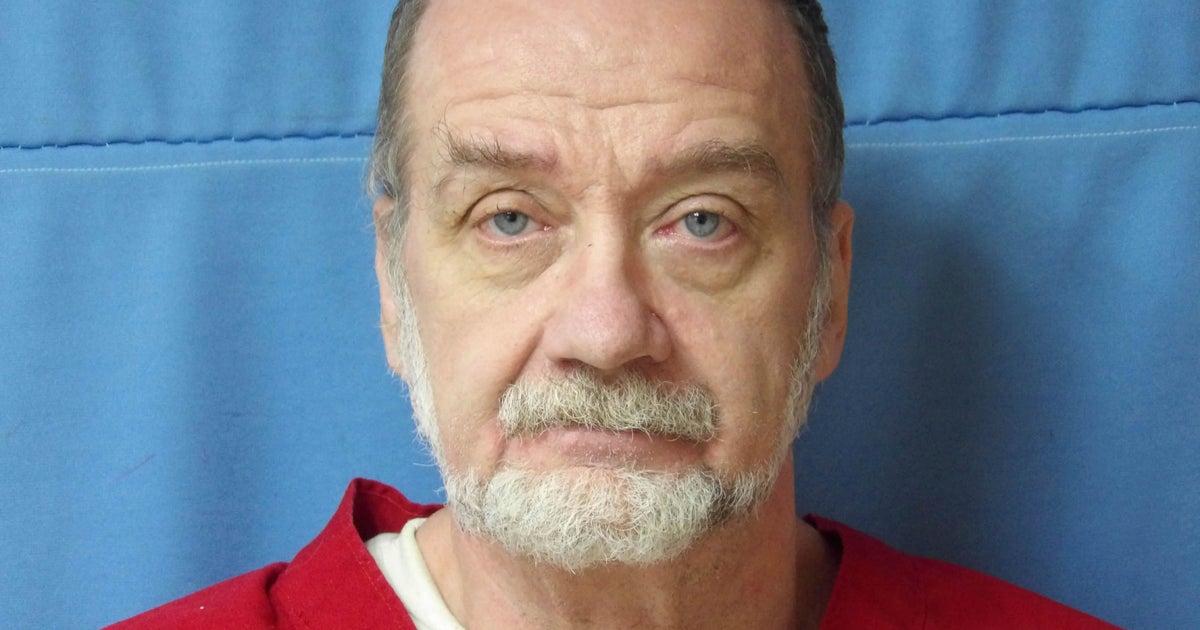Mississippi Execution Sparks Debate as Death Penalty Use Rises in 2025
#death_penalty #capital_punishment #mississippi #execution #justice

Introduction
A recent execution in Mississippi has highlighted the ongoing use of the death penalty in the state. Charles Ray Crawford was put to death for the kidnapping, rape, and murder of a 20-year-old community college student in 1993. This case is notable for its brutality and the lengthy period between conviction and execution, reflecting broader trends in capital punishment.
Key Details
The execution took place at the Mississippi State Penitentiary in Parchman, where lethal injection is the preferred method. This case underscores the complex and often controversial nature of capital punishment, particularly given the significant time elapsed since the crime. Similar cases have raised questions about the fairness and efficacy of the death penalty, especially when it involves vulnerable individuals or those with significant delays in the legal process.
Impact
The execution contributes to the uptick in capital punishment usage in 2025, a year marked by a higher number of executions compared to recent years. This trend sparks renewed debate about the role of the death penalty in modern justice systems.
About the Organizations Mentioned
Mississippi State Penitentiary
## Overview Mississippi State Penitentiary (MSP), commonly known as Parchman, is Mississippi’s oldest and most notorious correctional facility, located on approximately 18,000 acres in Sunflower County[4]. As the state’s primary maximum-security prison, MSP houses all male offenders classified as protective custody, close custody, restrictive housing, extended restrictive housing, and death row, with custody levels ranging from minimum to close[4]. The facility is distinctive not only for its size—featuring 2,542 beds, 52 support buildings, and seven housing units—but also for its self-sufficiency in food production and manufacturing through Mississippi Prison Agricultural Enterprises (MPAE) and Mississippi Prison Industries Corp. (MPIC)[4]. ## History MSP’s origins are deeply intertwined with the legacy of American slavery and the post-Civil War South. After the Civil War, Mississippi leased convicts to private companies, exploiting a loophole in the 13th Amendment that permitted involuntary servitude as punishment for crime[3]. This convict leasing system, marked by brutality and high mortality, was a direct continuation of plantation labor dynamics. In 1901, the state purchased the Parchman Plantation, built four stockades, and moved prisoners there to cultivate crops, creating what became known as “the prison without walls” due to its sprawling, plantation-style layout[1][2]. The prison’s history is marred by systemic violence, racial injustice, and harsh labor conditions, which persisted well into the 20th century. A landmark federal case, Gates v. Collier (1971), led to court-ordered reforms to address unconstitutional conditions, including the abolition of trusty shooters (armed inmate guards) and the segregation of Black and White prisoners[1]. ## Key Achievements and Current Operations Today, MSP is a complex institution that balances incarceration, rehabilitation, and economic activity. Offenders contribute over 100,000 hours








